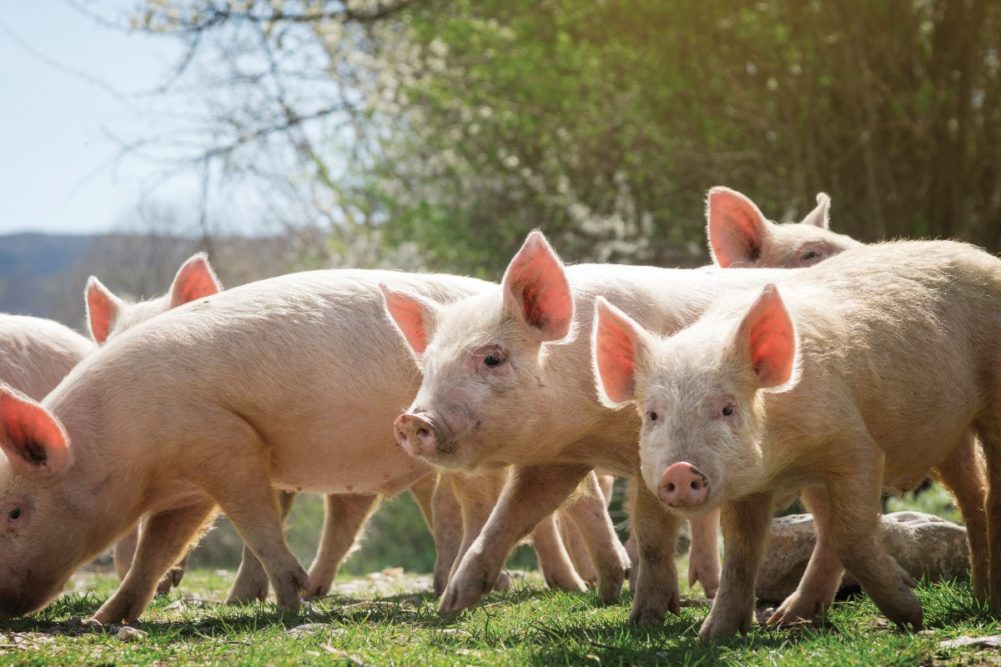UTRECHT, NETHERLANDS — Going strong the first half of the year, global pork trade is expected to slow in the second half with a sluggish economy, weak consumption and animal disease outbreaks affecting the market, according to Rabobank’s third quarter pork report for 2023.
The economy remains tight as North America and Europe are experiencing a rise in wages, shortage of labor and high inflation. Meanwhile China, some of Southeast Asia and South America have been seeing an increase in unemployment, slower exports and waning investor confidence.
Consumers everywhere are trading down, buying less and switching up retail channels. As a less expensive protein compared to beef or chicken, pork continues to be a fairly common staple for households. Still, Rabobank said to watch out for competing protein supplies and the subsequent response from retailers and foodservice operators.
“In Europe, pork consumption remains under pressure due to ongoing high prices,” said Chenjun Pan, senior analyst of animal protein at Rabobank. “In the US, demand was slightly below expectations to start the summer, as uncooperative weather and poor air quality challenged the start of the grilling season. And in China, pork consumption remains weak, due to the underperforming economy and heat waves across the country.”
Due to rapid growth of imports during the first half, China has a high inventory of frozen pork. Rabobank expects imports to slow until the country’s local pork prices rebound and the overplus of inventory is consumed.
Europe continues in a steep decline of pork production while prices climb to record highs. For the first four months of 2023, production was down 10% compared to the previous year. Subsequently, exports have been down, with 18% less volume year-over-year at 250,000 tonnes. The largest declines in exports were to the Philippines, South Korea, Japan and the United States.
In the United States, Rabobank expects an uptake in pork production by less than 1%. US May pork exports were up 16% in volume from last year at 261,361 tonnes. The pork variety meats sector reached record levels in value, which the report said is a testament to “demand strength in lower-value options as economic conditions remain challenging.”
Coming off a volatile season of corn and soybean prices due to unpredicted weather and harvest yield, feed prices are likely to soften in the third quarter, Rabobank noted.
While outbreaks of African swine fever (ASF) slowed down a little last quarter, certain regions continue to fight the disease, which disrupts their local supply.
“Herd health improvements continue to be a major task for producers worldwide as disease outbreaks influence production,” Pan said. “African swine fever continues to impact production in Asia and Europe.”
Pan added that porcine reproductive and respiratory syndrome (PRRS) is an ongoing disruption in Spain’s largest pig production area, limiting pork supply.
However, other regions have improved herd health, such as Japan, which has largely controlled the classical swine fever outbreaks that hit in the first quarter.


